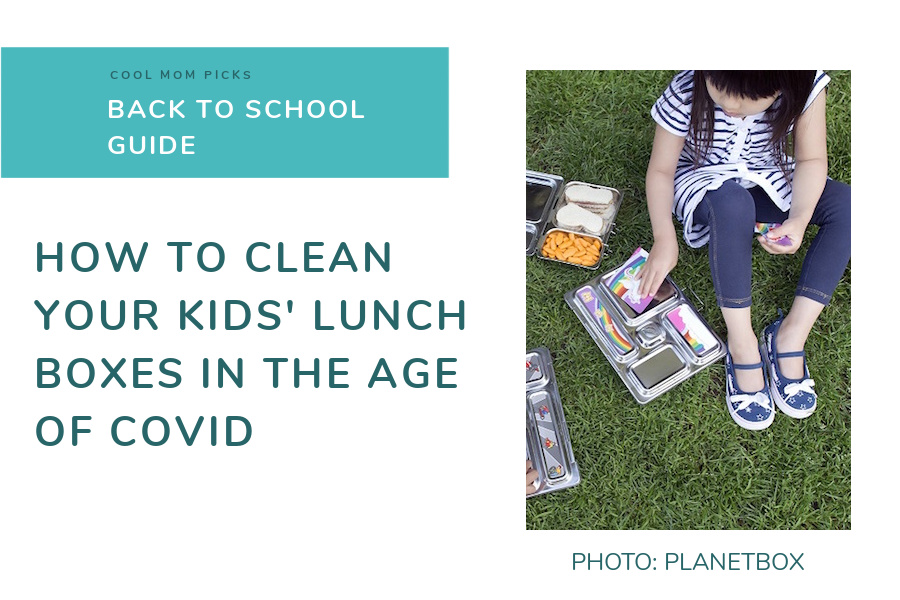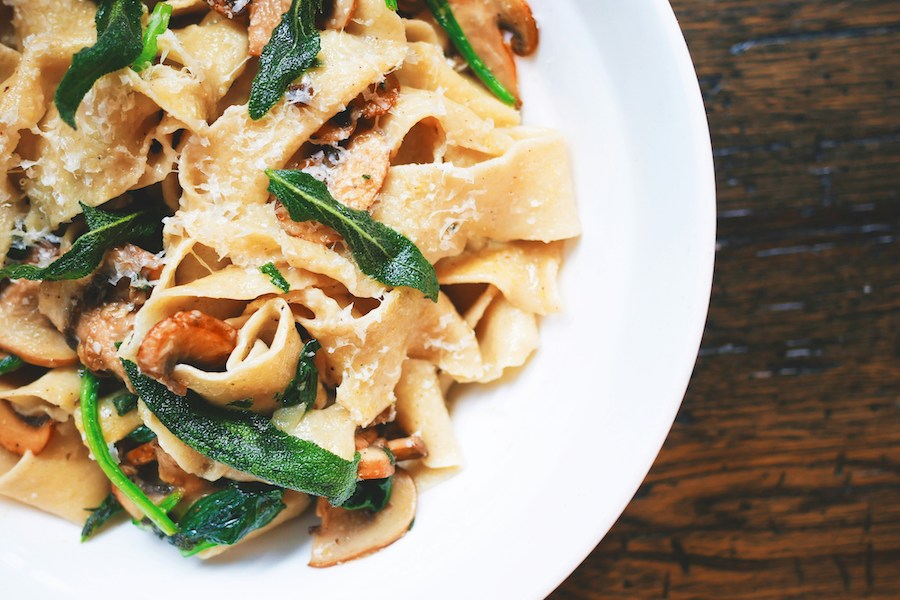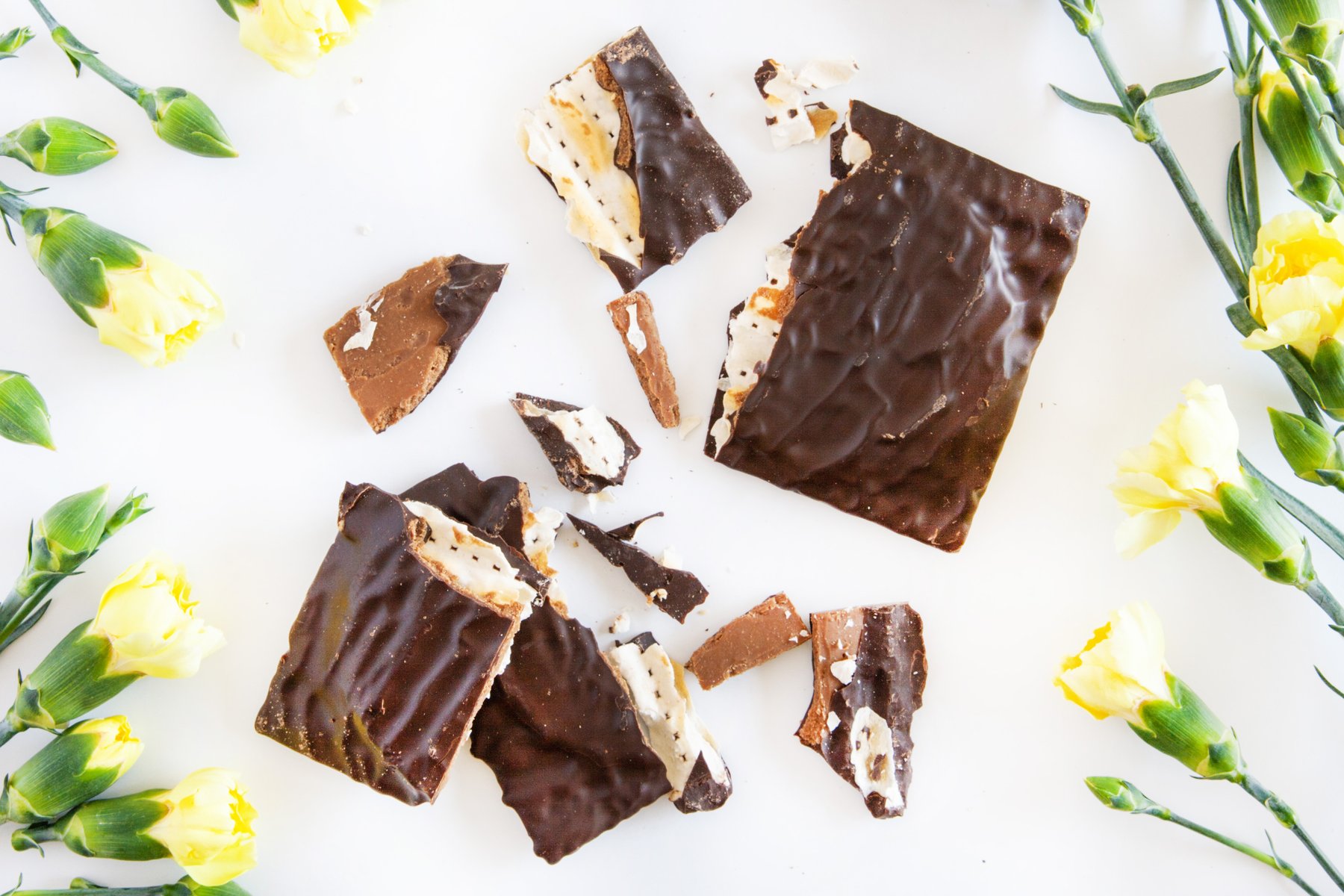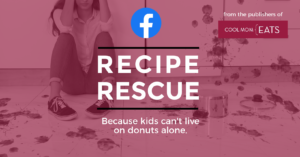In the past, we’ve written about how to clean our kids lunch boxes safely, say if a banana gets left in there over the weekend or a container of spaghetti somehow gets tossed back in without a lid. But this year, we may be pulling out a lunchbox that hasn’t been used in over 18 months…ew. If that is the case, you may just consider a new lunchbox all together. And once you start fresh, we want to be sure our kids’ food storage is actually clean – like 100% clean – whether they are taking it to and from school, to their neighbors backyard, or even just in your own backyard.
Although school lunch time may look different than it has in the past, fighting germs and stinky lunchboxes is still a battle. So I’ve researched some tips and talked to some experts to learn the best ways to clean lunch boxes every day, and especially during the age of COVID.
– This post has been updated for 2021 –
Related: Dozens of our favorite school lunch ideas that kids can make
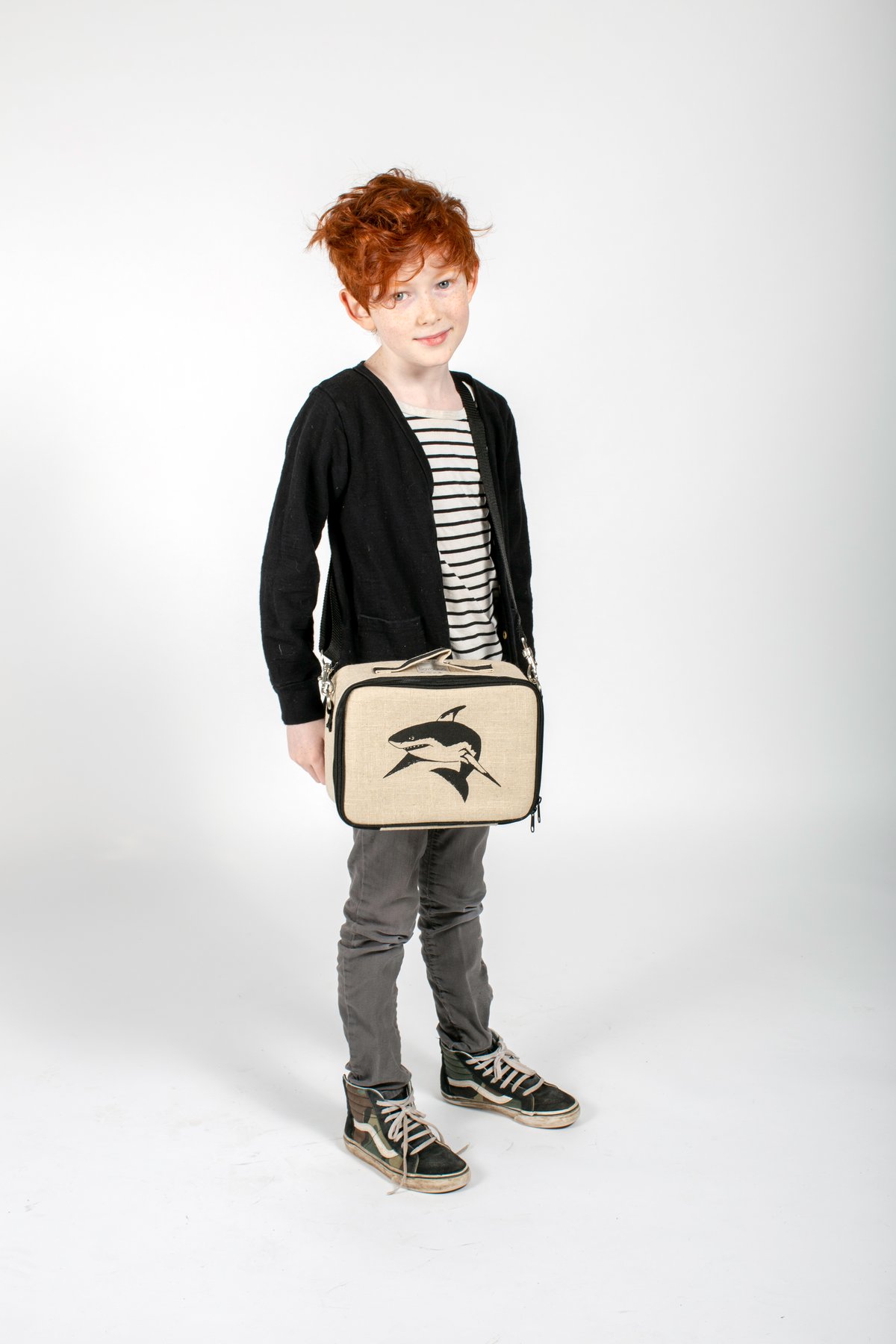
So Young Lunch Bags make our list for the best insulated lunch boxes that hold up year to year.
Important Note: Before I get into the details, I want to point out that experts like Dr. Sandra Kesh, an infectious disease specialist at Westmed Medical Group, say that surface contamination does not appear to be a major factor for the spread of COVID. Hand-washing is still more important than wiping down all your groceries, which is just one of the many things we’ve learned about Covid as the months have gone on and the research has gotten stronger. Still, keeping your kids’ gear clean is always a smart idea, and we’re recommending it to be on the super cautious side.
This post contains affiliate links, and purchases through these links may generate a small commission that supports our work at no additional cost to you.
How often should you wash your child’s lunch box?
The general rule of thumb is to do a general surface clean on your child’s lunch box every day. I know, it’s annoying. But this is a pandemic, and we’re okay with some additional precautions. You might even get in the routine of pairing this task with packing the lunch the night before so you don’t forget.
If you are in a high-risk category, you’ll want to be sure to have someone lower-risk in your household do the cleaning. Hey, it’s a great time to teach your kids to be responsible for their own things, right?
As for a deep clean, you can do this once a week. Place it in the dishwasher or washing machine (please check your manufacturer recommendations). I’d be sure to do this Fridays after school or over the weekend, when we have more time for the lunchbox to thoroughly dry.
Related: The best insulated lunch bags for kids: 7 top picks after years of testing lunch boxes
What should you use to wash your child’s lunch box?
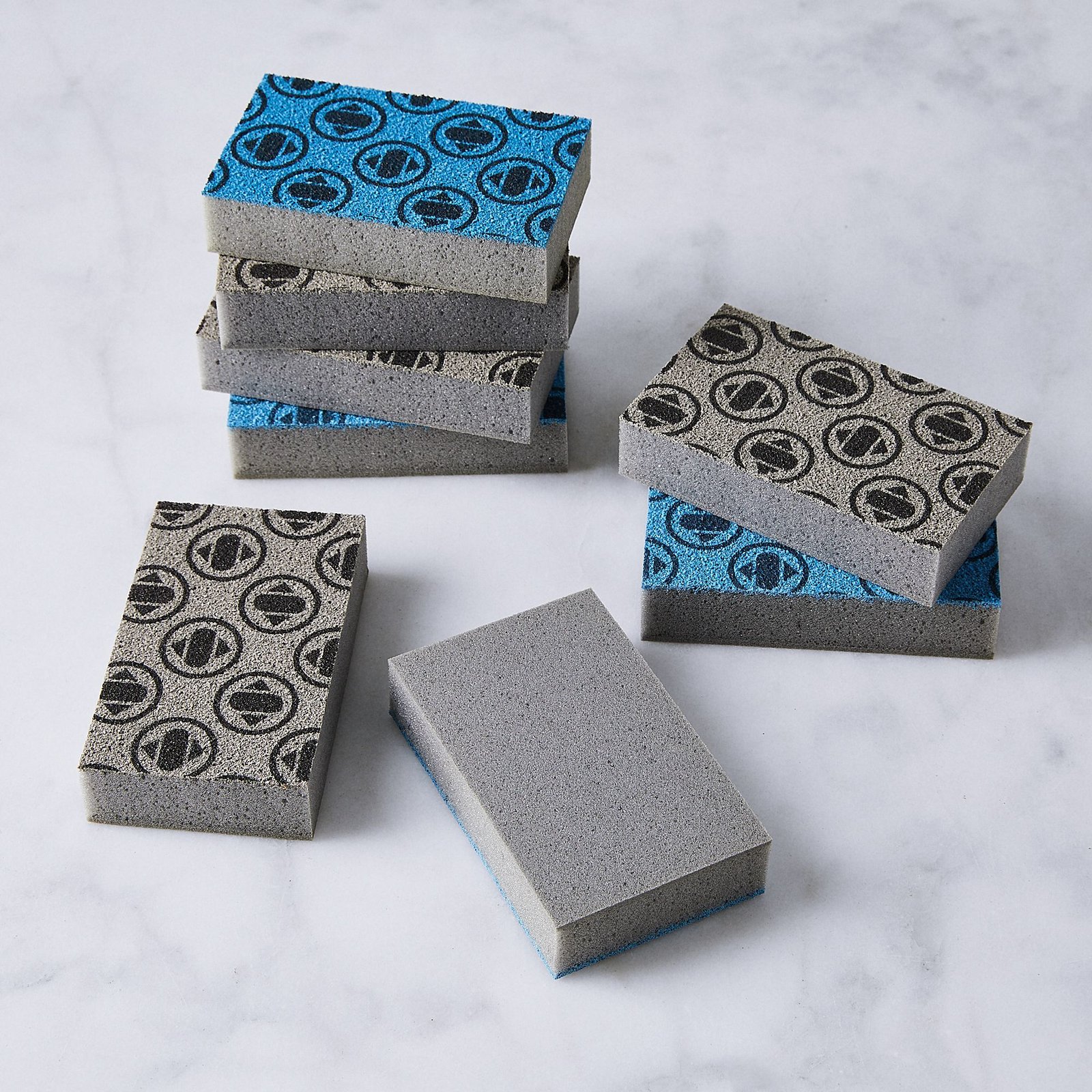
Skura Style makes antimicrobial sponges that are truly amazing!
Do you need to pull out your bucket of bleach and a hazmat suit to clean a lunch box? Let’s go with no.
Here’s a little science for you: according to University of Minnesota Deluth Associate Pofessor of Chemistry and Biochemistry, Erin Sheets, this particular strain of coronavirus is coated with a layer of lipids, or fat. The virus needs this coating in order to infect you. But when regular old soap and coronavirus meet at the molecular level, those lipids get dissolved and wash away.
The virus literally cannot work when it encounters soap. (Also why we cannot emphasize enough how important it is be sure kids wash hands with soap for a full 20 seconds. Frequently.)
So skip the heavy-duty bleach and just take your time to thoroughly — really thoroughly — wash your child’s lunch box with soap and water like you’d wash any other dishes.
Bar soap, liquid hand soap, and dish soap work equally well. So scrub that lunch box and its components well to be sure you get all the surfaces and crevices.
How to clean metal and stainless steel lunch boxes for COVID
 We highly recommend Planet Box stainless steel bentos and lunch boxes, which you can find on Amazon.
We highly recommend Planet Box stainless steel bentos and lunch boxes, which you can find on Amazon.
Also shown at very top.
Metal lunch boxes or stainless steel bentos are probably the easiest to clean, because you can just wipe them down with soapy water. Rinse them off, then let them dry completely before packing lunch again.
Stainless steel can be washed in the dishwasher, but be aware that old-school metal lunch boxes will rust, as cool as they might be, so stick to hand-washing those.
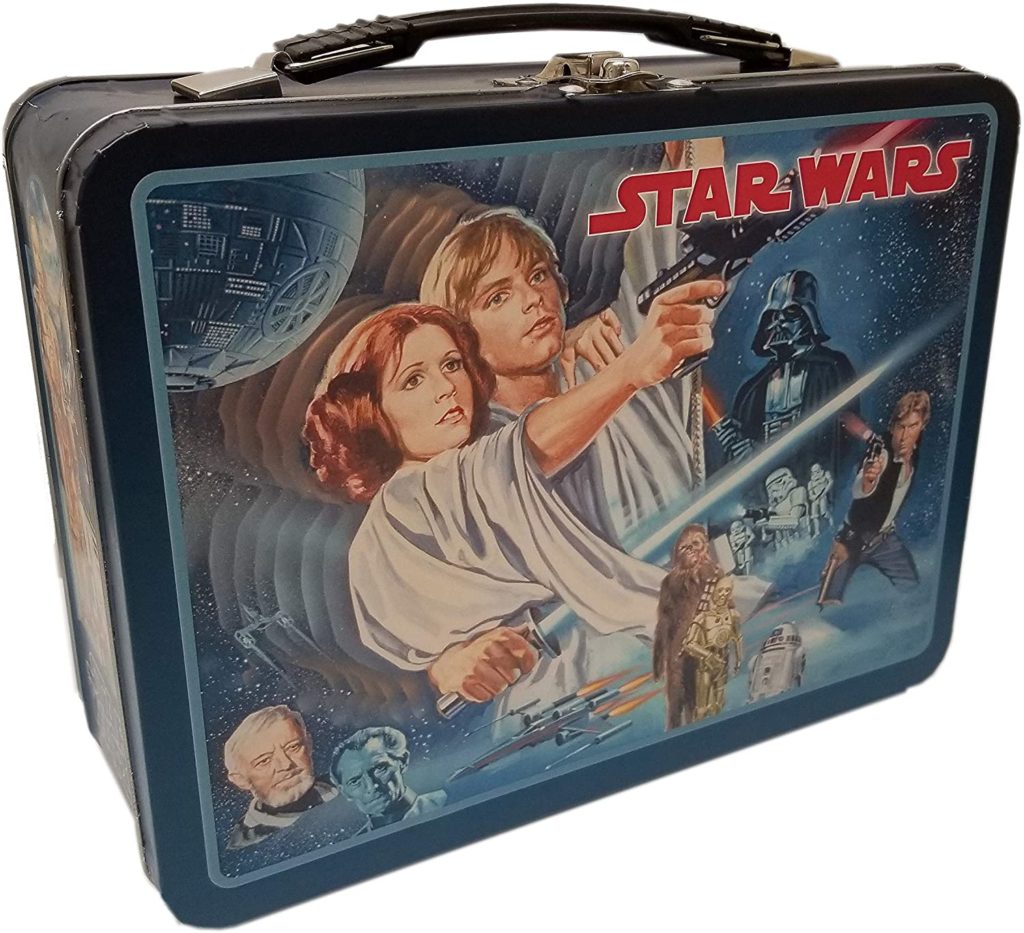
How can we resist an old school Star Wars lunch box?
If food is stuck in the crevices near the hinge or on the molded edges, cleaning gets a little harder. Soak a Q-tip or bottle brush in soapy water and use it to scrub those hard-to-reach spots, then let the box air dry so that the metal won’t get rusty.
Tip: One benefit of sending your kids out with bento style lunch boxes is that the insert serves as a plate when your child opens it; this means they don’t have to take their lunch out and spread it across a table or desk.
How to clean neoprene and fabric lunch boxes for COVID
Insulated lunch boxes are great for keeping food at a safe temperature until lunchtime, but the porous fabric covers make them more susceptible to growing bacteria. I mean, have you ever seen one that’s had banana mushed in it over a long weekend? (And can you tell that this is a thing for me?)
That’s why I’m excited about the developing technology of anti-microbial lunch boxes. These lunch boxes, from brands like Arctic Zone (above), are made with fabrics infused with zinc and copper oxides, or silver ions, which have been proven effective in killing viruses like coronavirus. Just know that they may not guarantee protection; it may take up to ten minutes for them to kill the virus, or they may simply slow the growth, according to one expert in this Daily Beast article.
Updated to add: Arctic Zone has reached out to us to say they cannot kill coronavirus with their fabrics, despite what the other information says about this technology.
Related: The lunch boxes that hold up the best, year after year
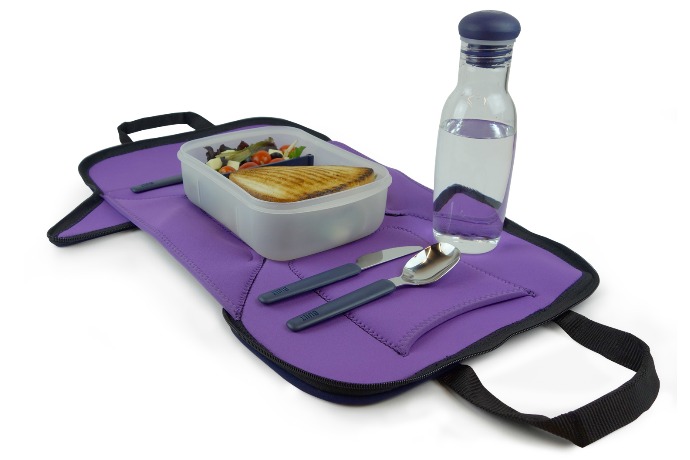
Most neoprene and some insulated lunch boxes can be thrown straight in the washing machine, which makes it super easy to disinfect them — we’re a fan of the neoprene lunch bags from Built NY. And if you can find one of their convertible lay-flat lunchboxes that convert right to a placemat, above, it’s a terrific purchase to help keep food off tables and surfaces.
If you get a moldy spot on your lunch bag however, you’ll need to do a bit more scrubbing to kill the mold. You can do that with bleach, but I’m not crazy about using bleach to clean my kids’ food containers. A more natural but still effective option makes ingenious use of lemons: Cover the moldy spot with a paste made of salt, lemon juice, and water. Once the paste dries, use a damp cloth to wipe it away and the mold will go away, too. If some doesn’t come off the first time, repeat the process as necessary.
But remember, no matter what your child’s lunch box is, no matter how you’re cleaning it, be sure they’re keeping up with that hand washing, before and after they eat. You could even clip some cute hand sanitizer bottles to the side of the lunchbox for some extra coverage.

